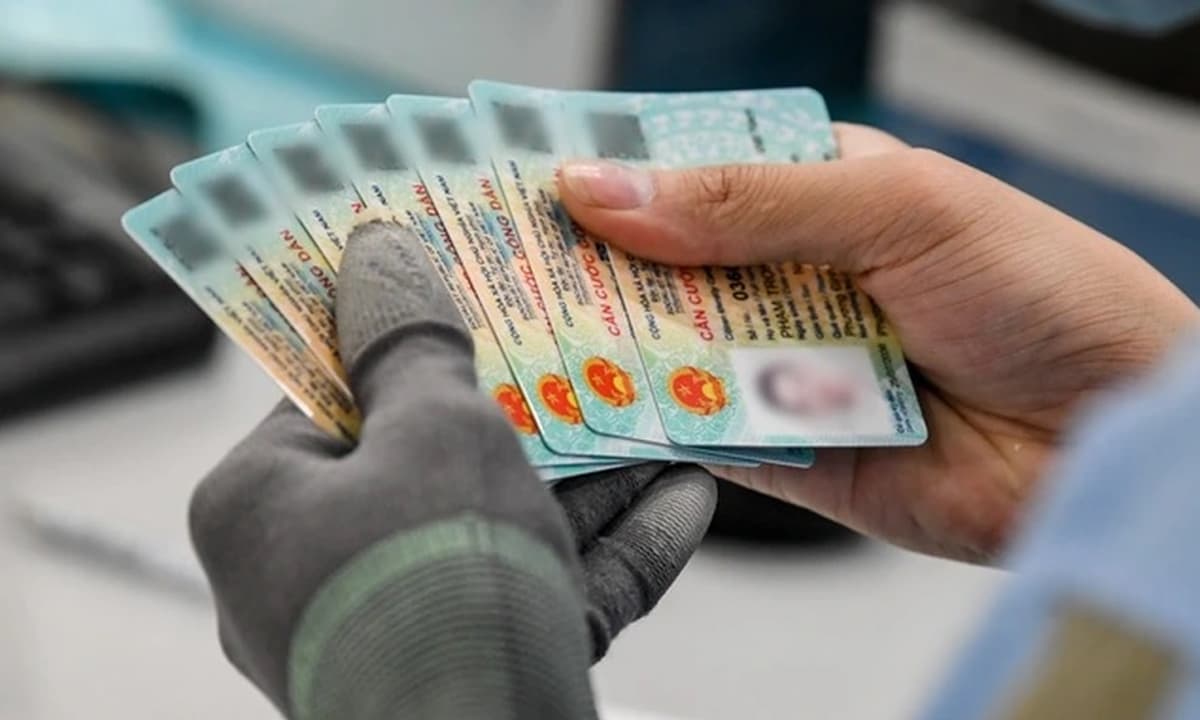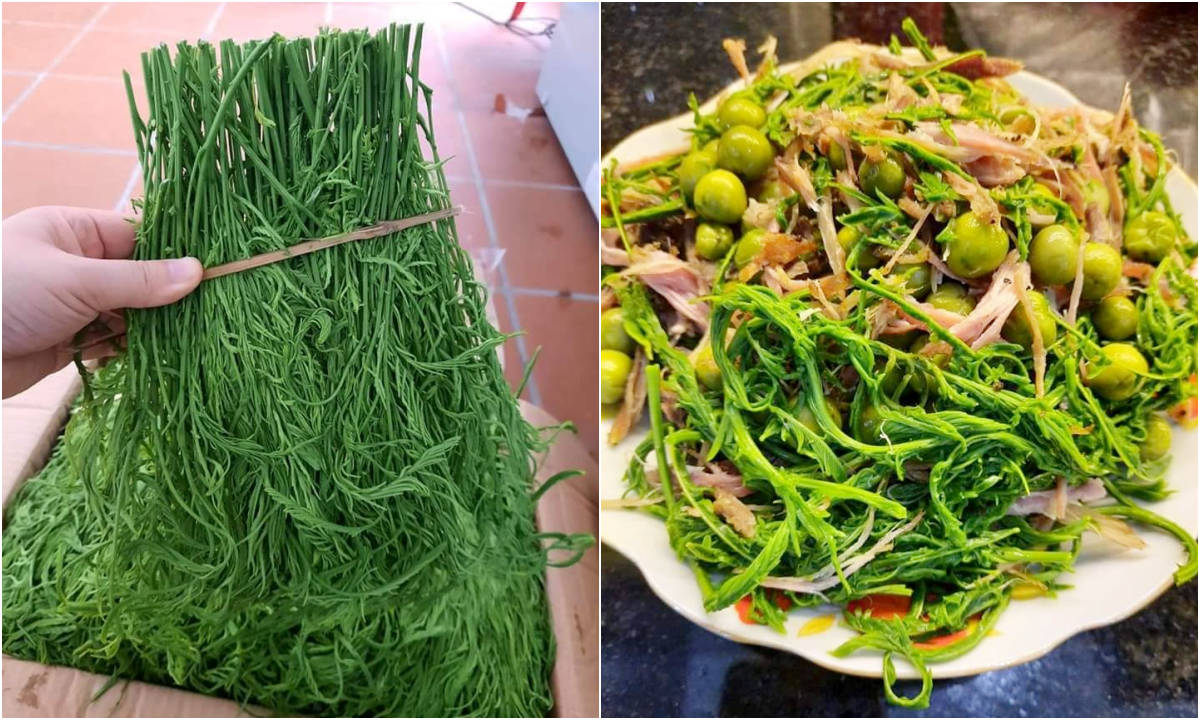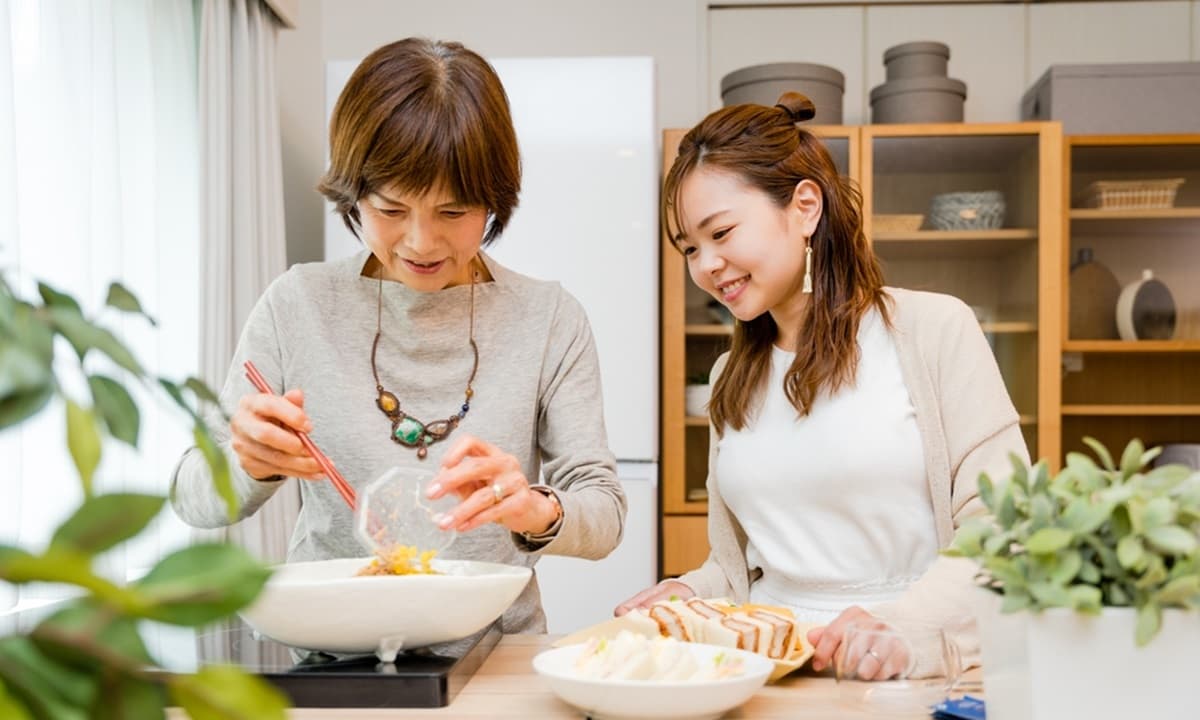Homemade Pasta

Alright, let's get down to business! We're making some classic homemade pasta. This recipe is a foundational one, allowing you to personalize it with your favorite sauces and toppings later.
Chef's Homemade Pasta Recipe
This recipe produces beautifully tender and flavorful pasta, perfect for a simple marinara, a rich bolognese, or even just tossed with some browned butter and sage.
Yields: Approximately 4 servings Prep Time: 20 minutes (plus 30 minutes resting time) Cook Time: 2-5 minutes
Ingredients:
- 2 cups (250g) "00" flour (or all-purpose flour) - "00" flour is ideal for its fine texture, but all-purpose works well too.
- 3 large eggs (at room temperature) - Room temperature eggs bind better.
- 1 teaspoon extra virgin olive oil - Adds richness and elasticity.
- Pinch of salt - Enhances the flavor.
- Semolina flour (for dusting) - Prevents the pasta from sticking.
Equipment:
- Large mixing bowl or a clean work surface
- Fork
- Plastic wrap
- Rolling pin (or pasta machine)
- Pasta cutter (optional, but helpful for uniform shapes)
- Large pot
- Slotted spoon or spider
Instructions:
1. Create the Well:
- On a clean work surface (like a wooden board or countertop), or in a large mixing bowl, mound the flour.
- Make a well in the center of the flour, large enough to hold the eggs.
2. Incorporate the Eggs:
- Crack the eggs into the well. Add the olive oil and salt.
- Using a fork, gently whisk the eggs and olive oil together within the well.
- Gradually start incorporating the flour from the inner edges of the well into the egg mixture, a little at a time. Work in a circular motion.
3. Form the Dough:
- As the mixture thickens, continue to gradually incorporate more flour until a shaggy dough forms.
- Use your hands to bring the dough together. It will likely be sticky at first.
4. Knead the Dough:
- Turn the dough out onto a lightly floured surface.
- Knead the dough for 8-10 minutes. Use the heel of your hand to push the dough away from you, then fold it back over itself. Rotate the dough as you knead. The dough should become smooth, elastic, and slightly tacky (not sticky). If the dough is too sticky, add a tiny bit more flour, a teaspoon at a time. If it's too dry, lightly moisten your hands with water.
- Proper kneading develops the gluten, giving the pasta its texture.
5. Rest the Dough:
- Form the dough into a ball. Wrap it tightly in plastic wrap to prevent it from drying out.
- Let the dough rest at room temperature for at least 30 minutes, or up to 1 hour. This allows the gluten to relax, making the pasta easier to roll out.
6. Roll and Shape the Pasta:
- Lightly flour your work surface with semolina flour.
- Divide the dough into 4 equal pieces. Keep the pieces you aren't working with wrapped in plastic wrap to prevent them from drying out.
- Using a rolling pin: Roll out one piece of dough as thinly as possible, aiming for about 1/16 inch thick. Dust with semolina flour as needed to prevent sticking. Once rolled, cut into desired shapes (fettuccine, pappardelle, etc.) using a knife or pasta cutter.
- Using a pasta machine: Start with the widest setting on your pasta machine. Flatten a piece of dough into a rectangle and feed it through the machine. Fold the dough in half and feed it through again. Repeat this process a few times. Then, gradually decrease the setting on the machine, feeding the dough through each setting until you reach your desired thickness. Cut the sheet of pasta into your desired shape using the appropriate attachment or a knife.
7. Cook the Pasta:
- Bring a large pot of generously salted water to a rolling boil. (Salt the water like the sea!)
- Add the pasta to the boiling water. Fresh pasta cooks very quickly!
- Cook for 2-5 minutes, or until the pasta floats to the surface and is al dente (tender but still firm to the bite). The cooking time depends on the thickness of your pasta.
8. Drain and Serve:
- Using a slotted spoon or spider, remove the pasta from the water and drain well.
- Immediately toss the pasta with your favorite sauce and serve. A little pasta water reserved before draining can help the sauce cling to the pasta.
Chef's Notes & Tips:
- Flour Quality: The quality of your flour will significantly impact the pasta's texture. Experiment with different types to find your favorite.
- Drying Pasta: If you're not cooking the pasta immediately, you can dry it. Toss the cut pasta with semolina flour and arrange it in single layers on a baking sheet or hang it on a pasta drying rack.
- Freezing Pasta: Fresh pasta can be frozen. Toss the cut pasta with semolina flour and arrange it in single layers on a baking sheet. Freeze until solid, then transfer to a freezer bag. Cook directly from frozen.
- Troubleshooting: If your dough is too dry and cracks when rolling, add a few drops of water and knead again. If your dough is too sticky, add a little more flour, a teaspoon at a time.
- Flavor Infusions: Get creative! Add herbs, spices, or even vegetable purees to the dough for infused flavors and colors. For example, spinach puree for green pasta, beet puree for red pasta, or a pinch of chili flakes for a spicy kick.
Bon appétit! Enjoy your homemade pasta!








